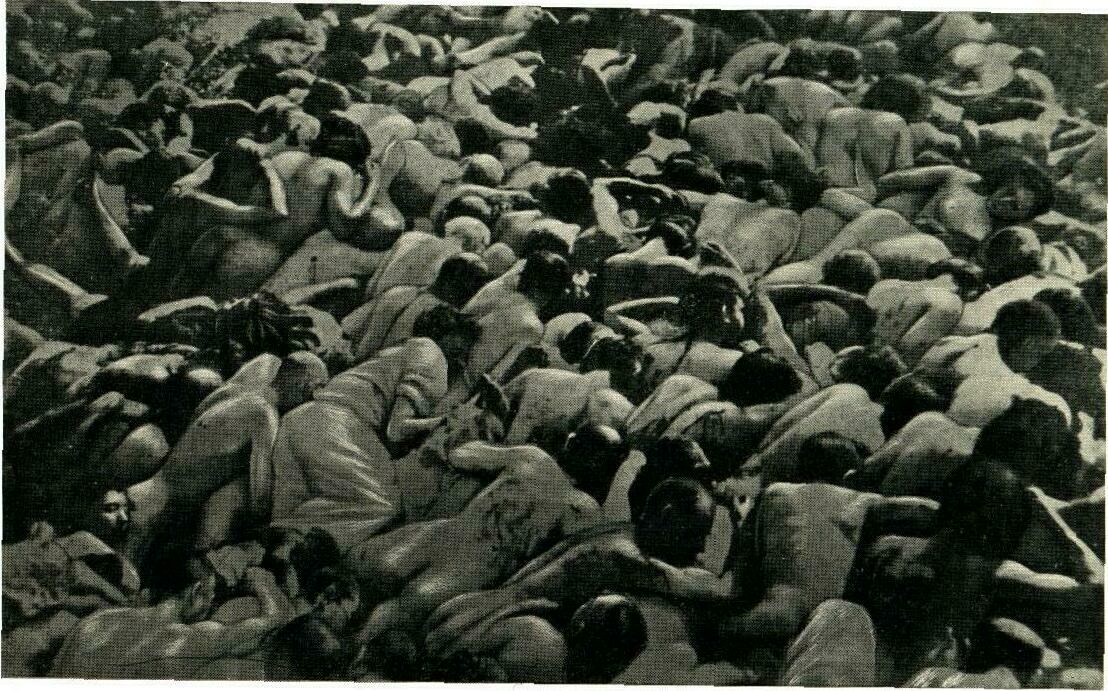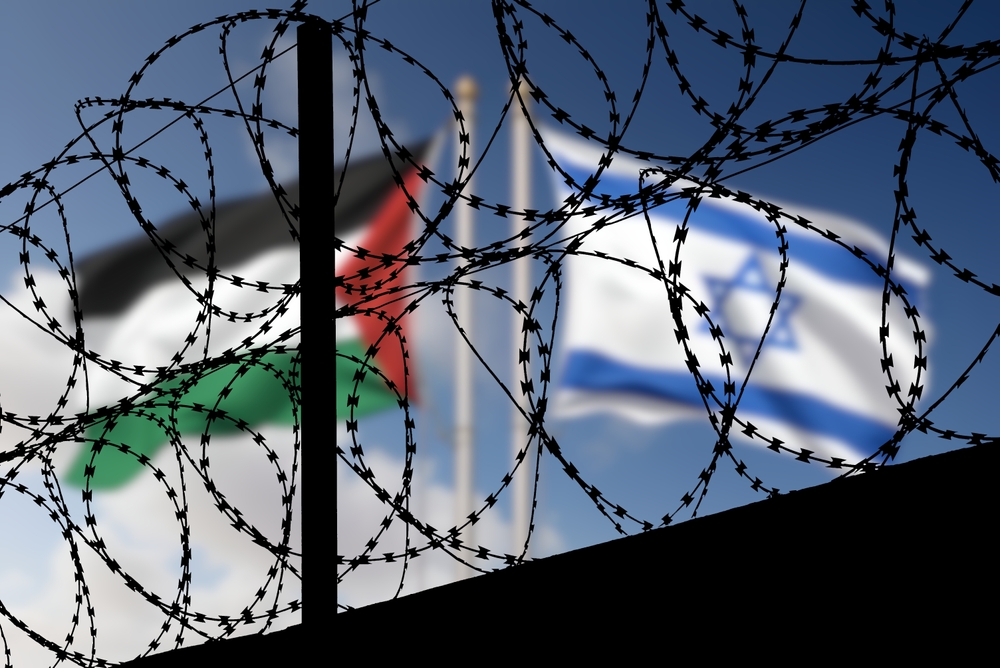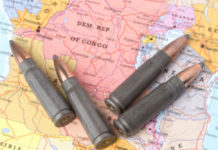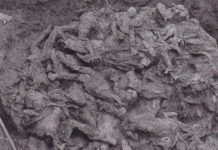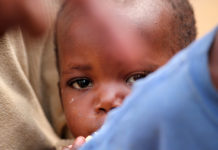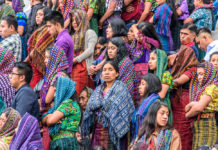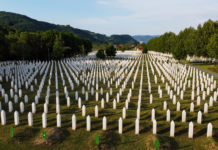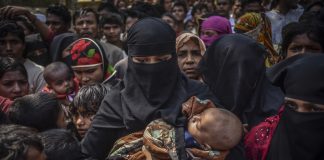In our final episode that looks at the Holocaust in our series Never Again…Again, The Ongoing History of Genocide, JB Shreve and Brian Butler look at the stages of the Holocaust as it unfolded. Most of us have mental images that spring to mind when we consider the Holocaust, firing squads, ghettos, gas chambers, emaciated bodies…Each of these represents a different stage of the Holocaust as it rolled out across Eastern Europe.
This podcast looks at the stages of the Holocaust, starting with the context of antisemitism that was alive and well in Europe for hundreds of years but became newly and terribly utilized under Adolf Hitler and the Nazis when they rose to power in the aftermath of World War I.
Using the Jews as a scapegoat for all of Germany’s woes, the Nazis codified antisemitism in a series of laws and social norms that allowed discrimination and persecution of the Jews to become legally enforceable.
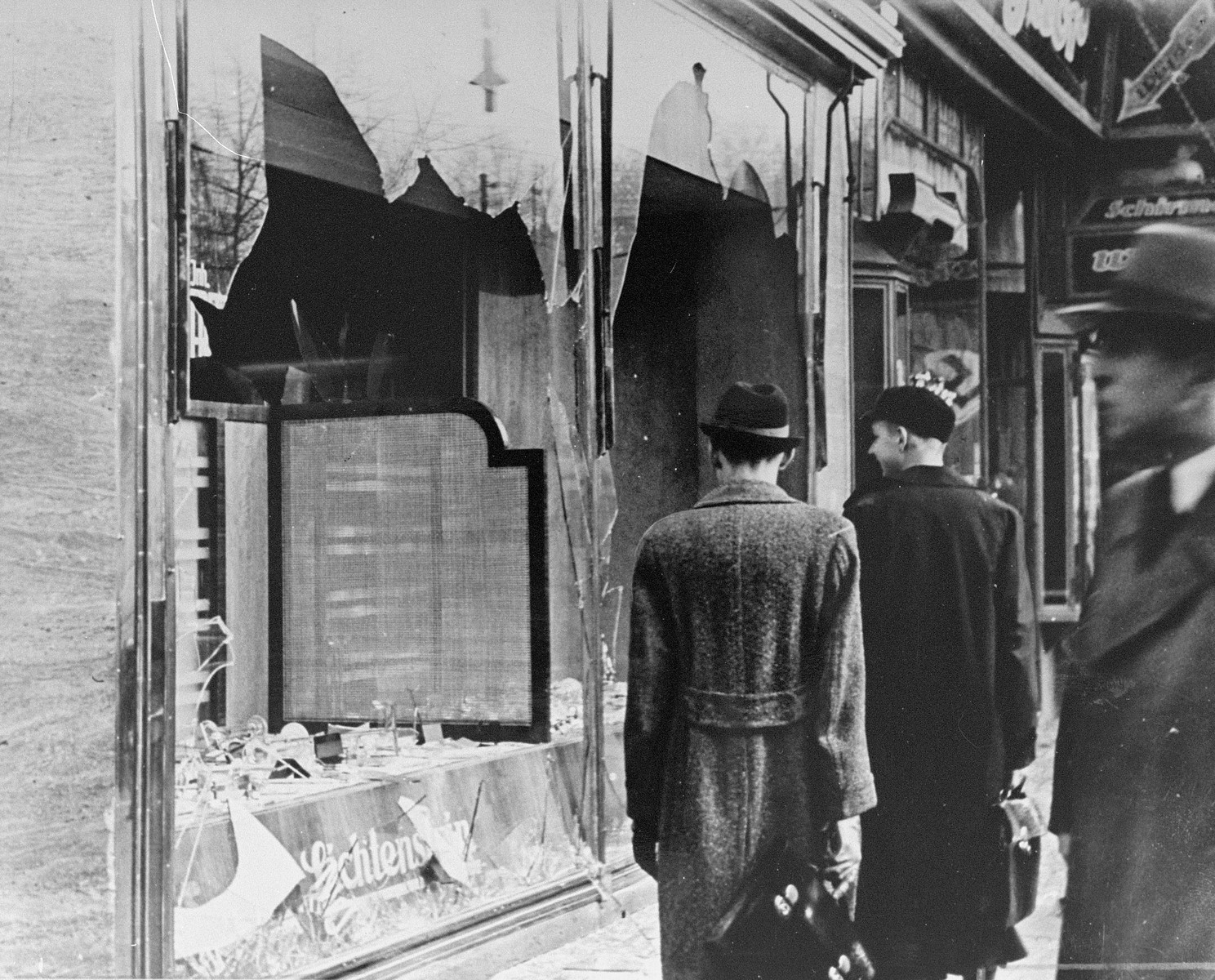
The Night of Broken Glass, or Kristallnacht, transitioned the antisemitic ideas and policies of Nazi Germany into violent action and protests in the hands of common Germans. This event opened the floodgate for what was to follow.
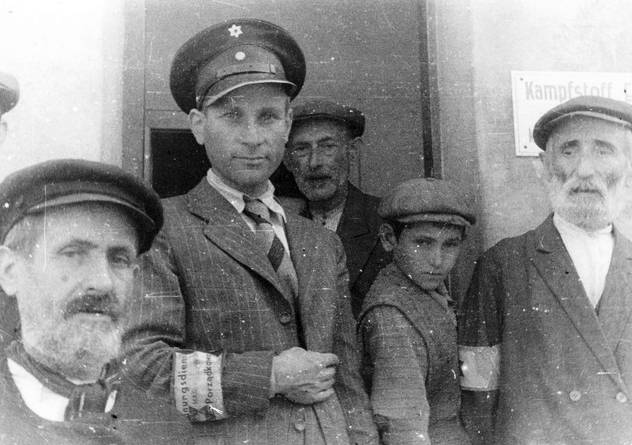
After securing the Jewish people into a status as “the others” through social norms, legal policies, educational curriculum, and growing national sentiment, the stage of ghettoization of the Jews came next. The ghettos are where the true horrors of the Holocaust began to be realized. Impossible moral choices were forced upon Jewish populations, with innocent individuals, particularly children and the elderly operating as the stakes in the new reality.

The outbreak of World War II and Hitler’s invasion of surrounding nations provided the cover for unprecedented levels of bloodshed and violence. A task force known as the Einsatzgruppen followed invading Nazi forces into eastern Europe. Their specific task was to round up and destroy the Jews of Eastern Europe. The work of the Einsatzgruppen became known as the Holocaust by bullets.
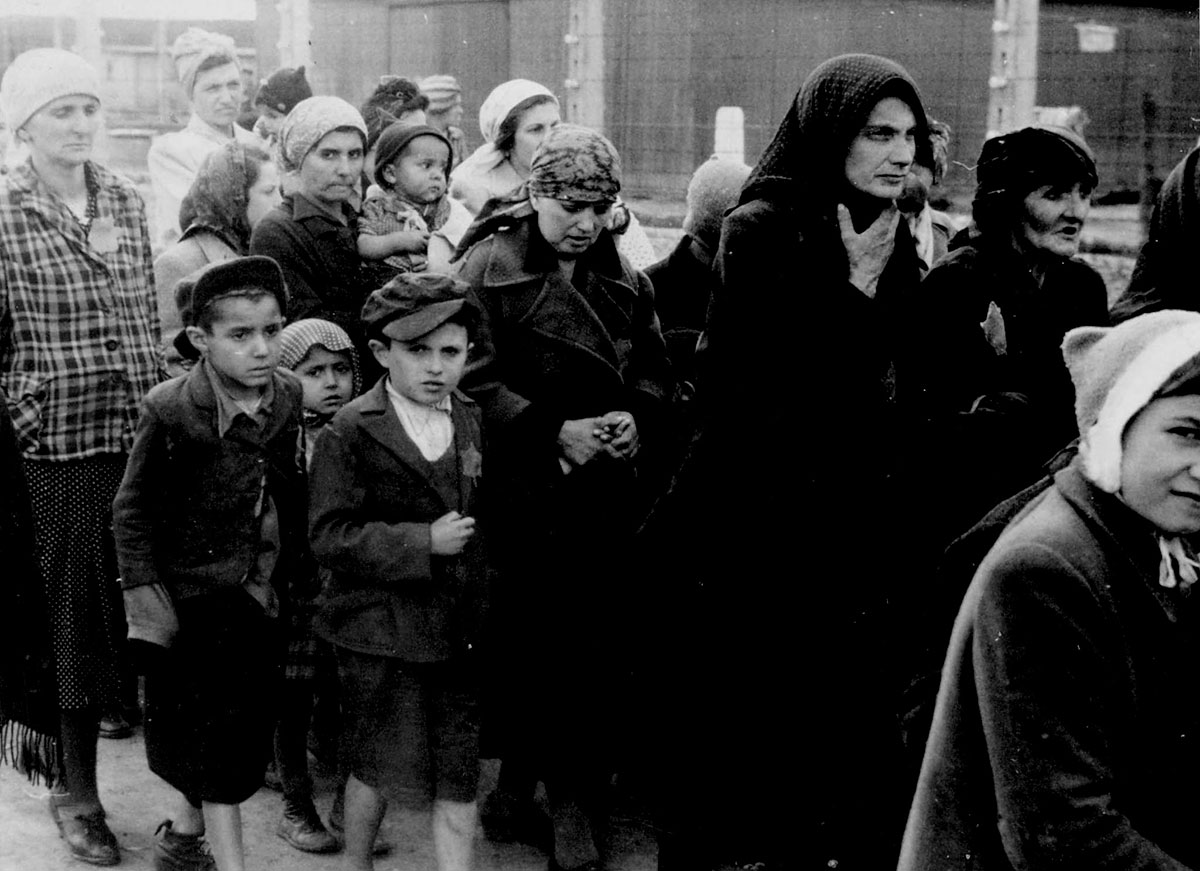
Appearing in the photograph:
1) Jolan Wollstein, from Szombathely, aged 36.
Her children:
2) Erwin, son, 8
3) Judith, 5 or 6
4) Dori, son, 11
5) Naomi, 2
6) Edith, the nanny of Jolan’s children, Edith was 22, a non-Jew from Czechoslovakia. She had no identity papers and was deported along with the family.
7) Henchu Falkovitch nee moeller, daughter of Avraham and Nasia Miller and wife of Samson Falkovitch.
8+9) The Vogel sisters Kreindel and Sasha, from Tacovo. They were known in the town for their Russian designs. Sasha Fogel was the widow of Moshe Fogel who fell in World War I serving in the Austrian-Hungarian Army.
10. Rita Grunglass
The Holocaust by bullets was so terrible that Nazi leaders began noticing its toll on their troops. Rates of alcoholism, sadism, and psychopathic tendencies started to spread among the military as their psyches contracted the consequences of the brutality they administered. To remedy these issues, new plans were established for a Final Solution to the Jewish problem perceived by the Nazis. It was at this point that the infamous gas chambers came into prominence.
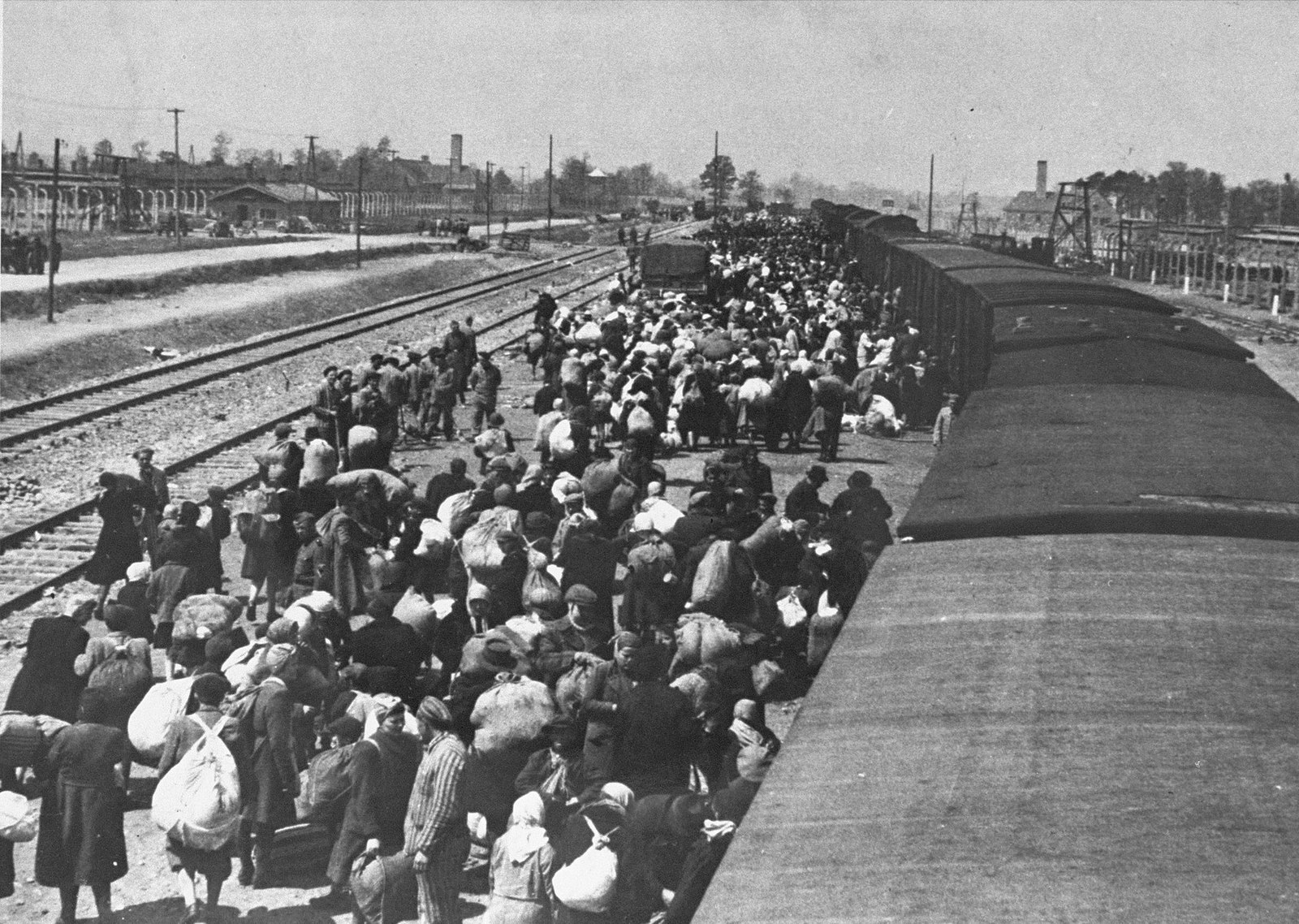
This podcast episode is part 5 of our ongoing series on the history of genocide Never Again…Again. This series is available free to the public for a limited time. Soon it will be moved to our archives and available to Patreon supporters here.
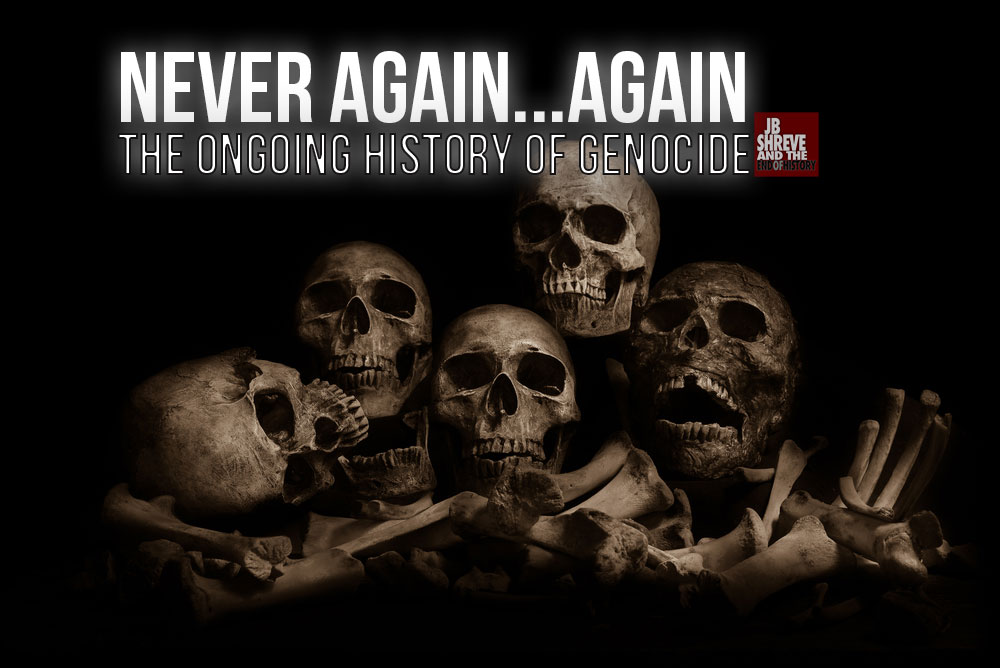
Additional Reading on topics discussed in this podcast episode related to stages of the Holocaust
- The Nuremberg Laws – Facing History
- Ten Photos That Capture the Horrors of the Night of Broken Glass
- Untold Stories of the Dubno Massacre
- The Shooting of Jews in Ukraine – Holocaust by Bullets
- The Final Solution
- The Wannsee Conference

